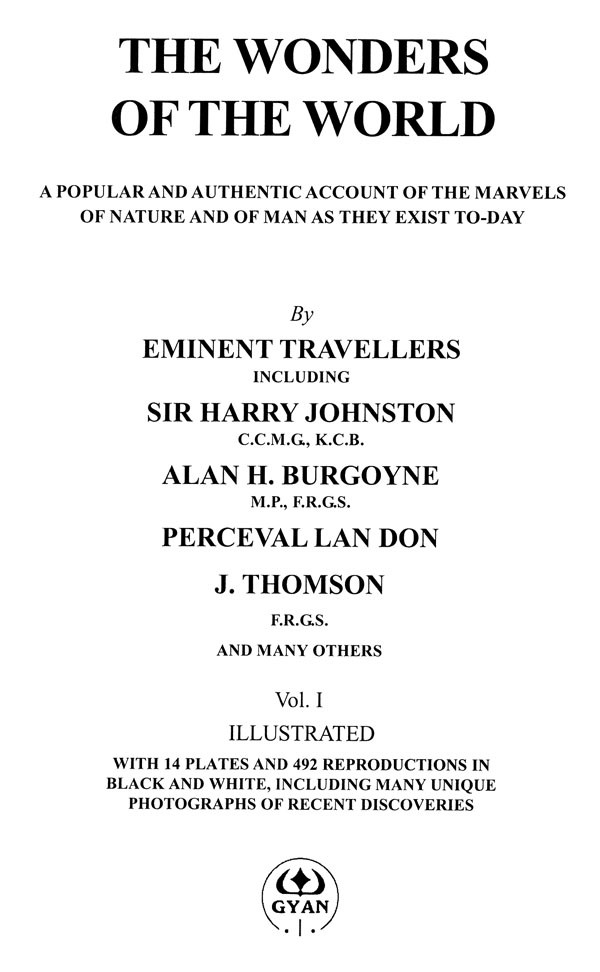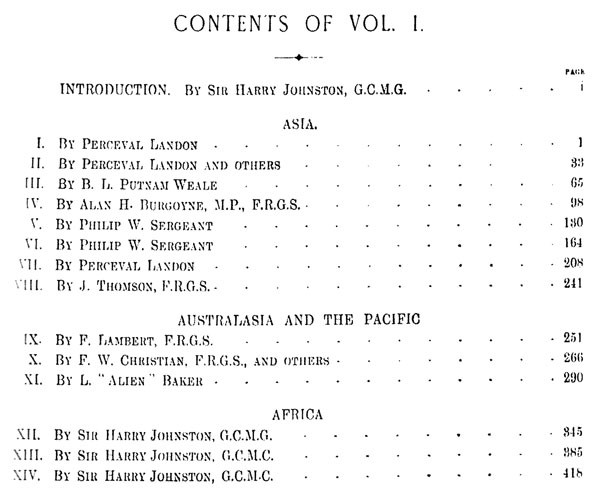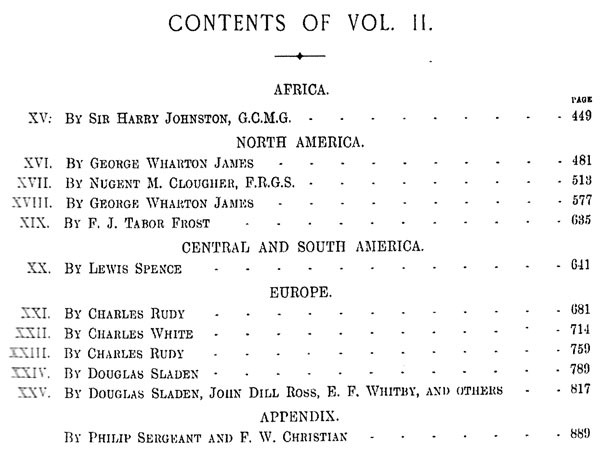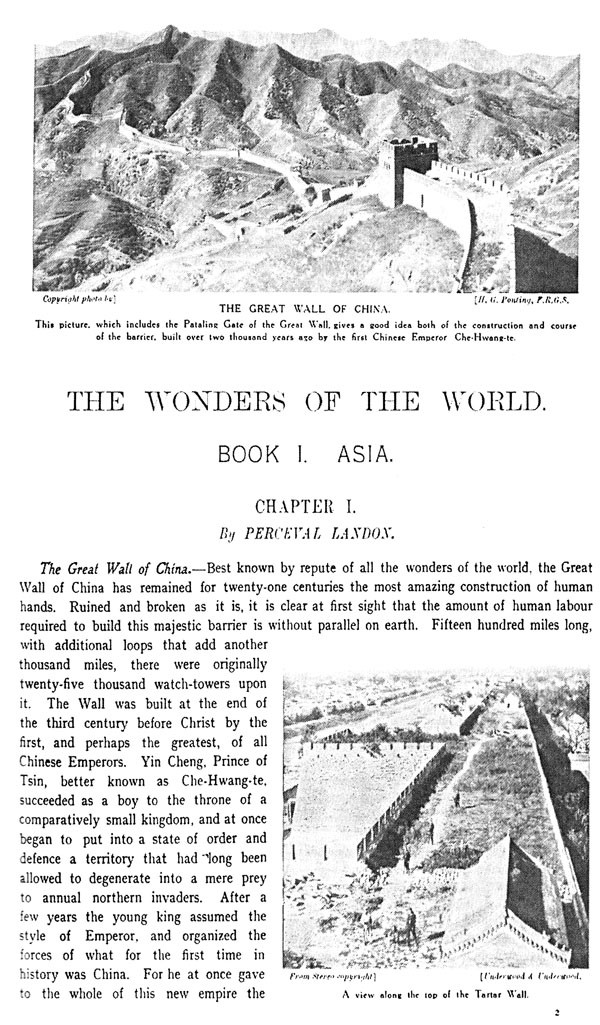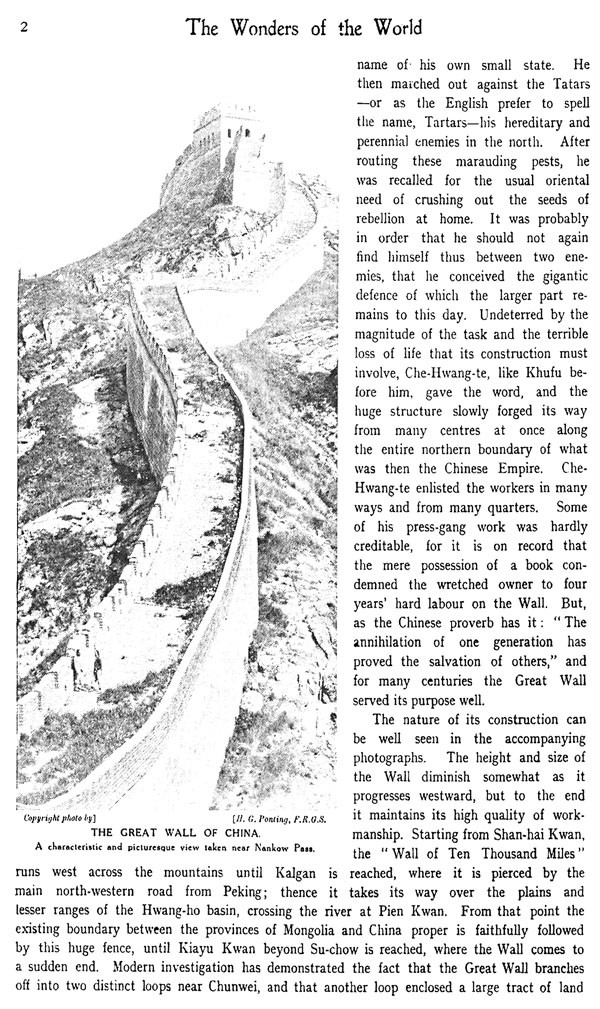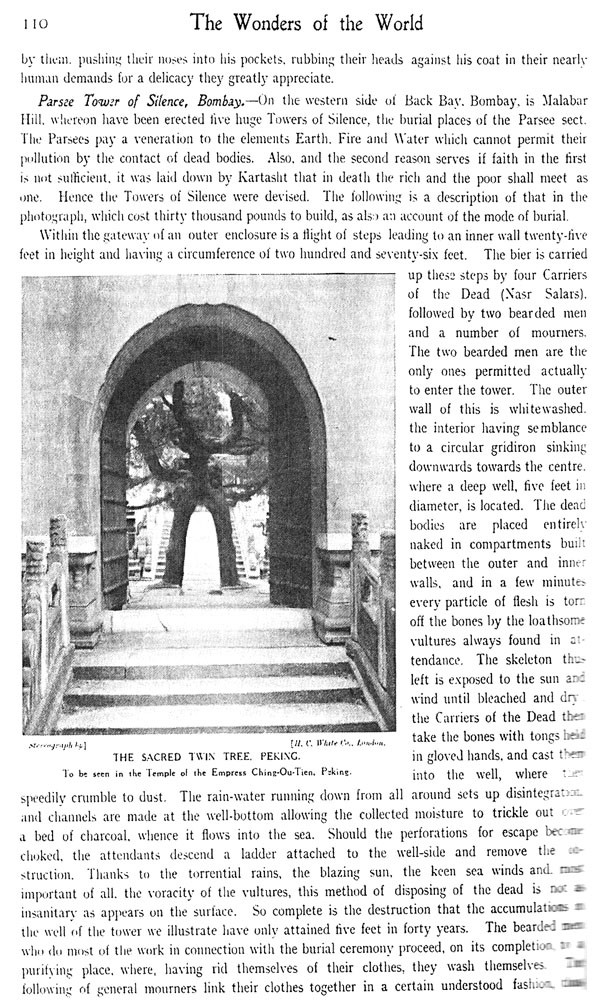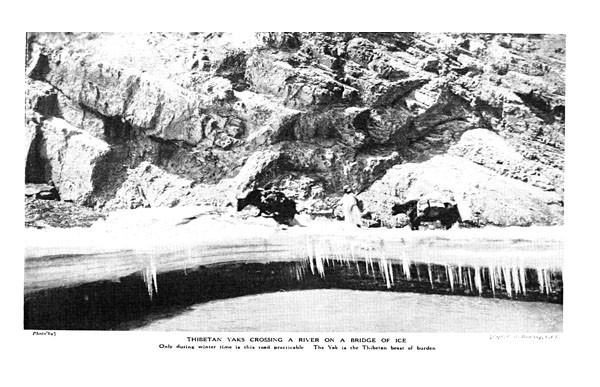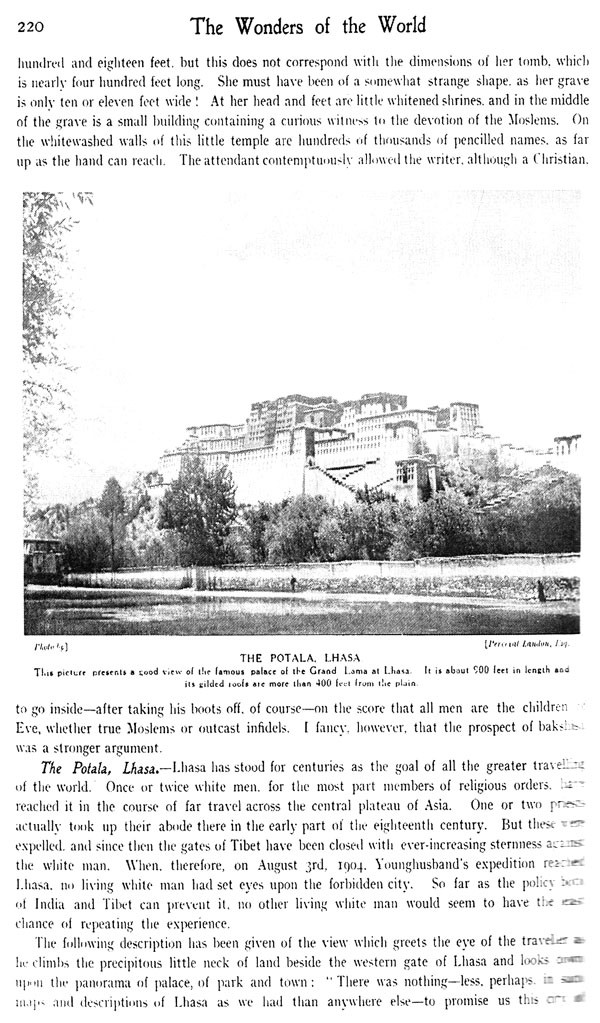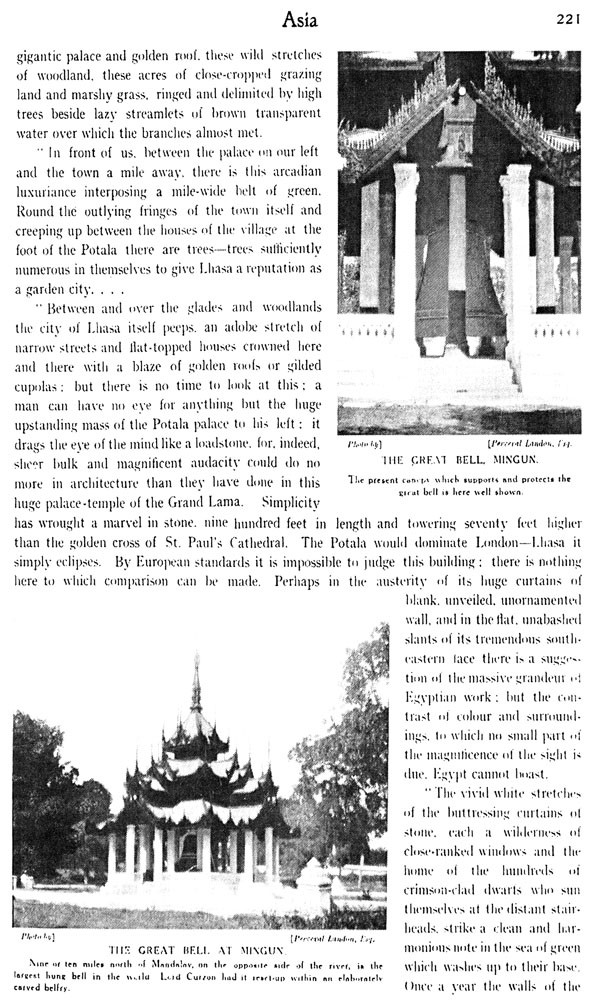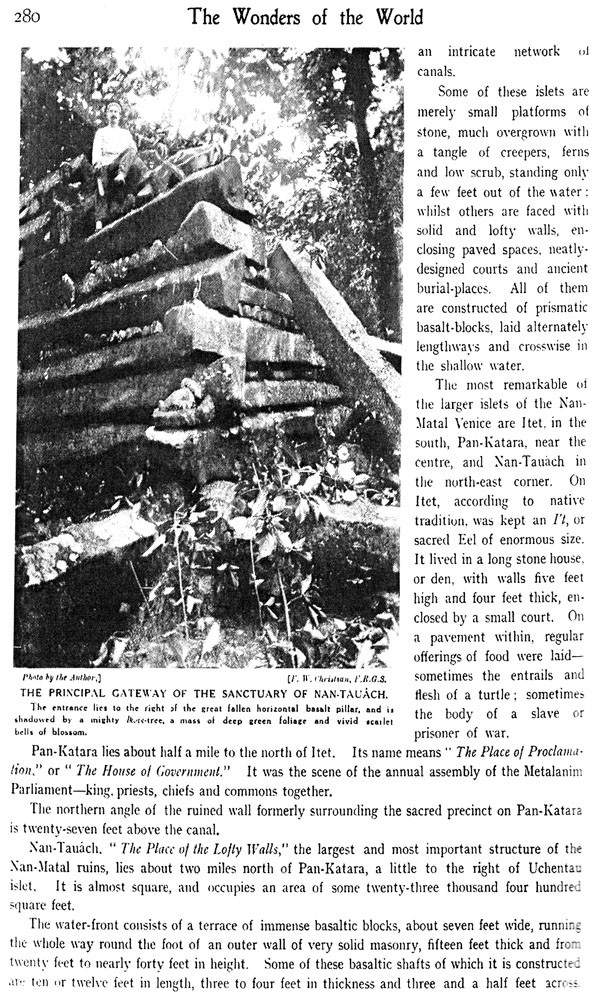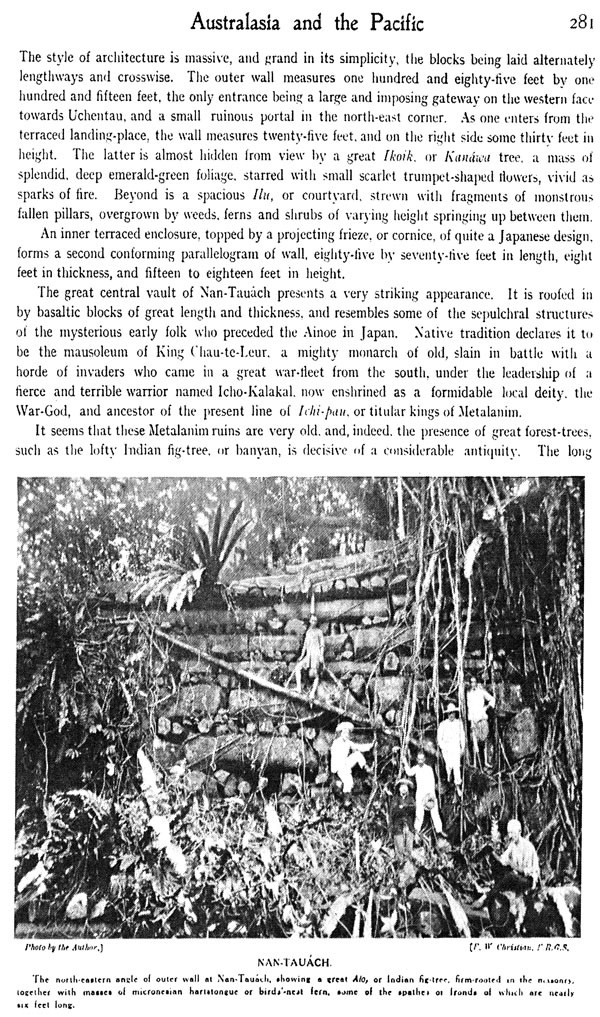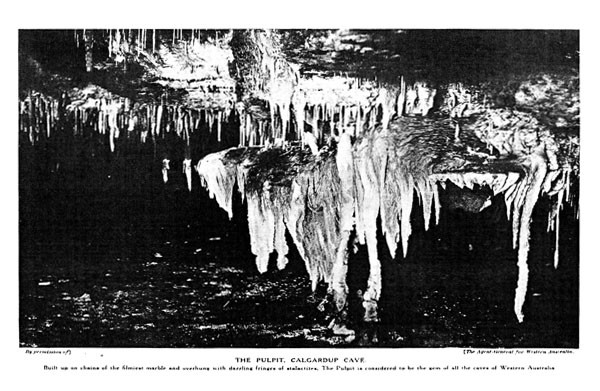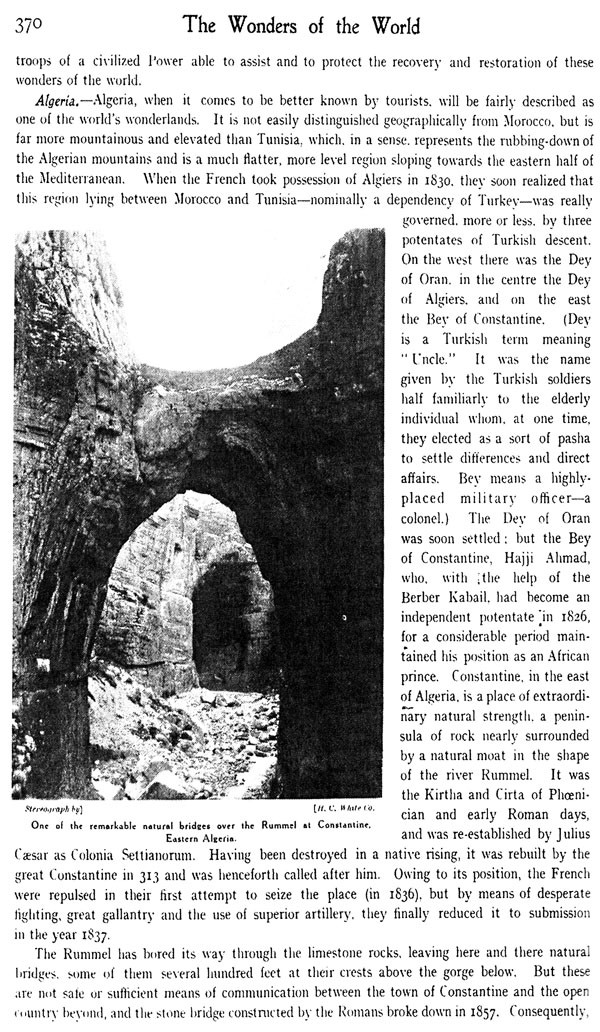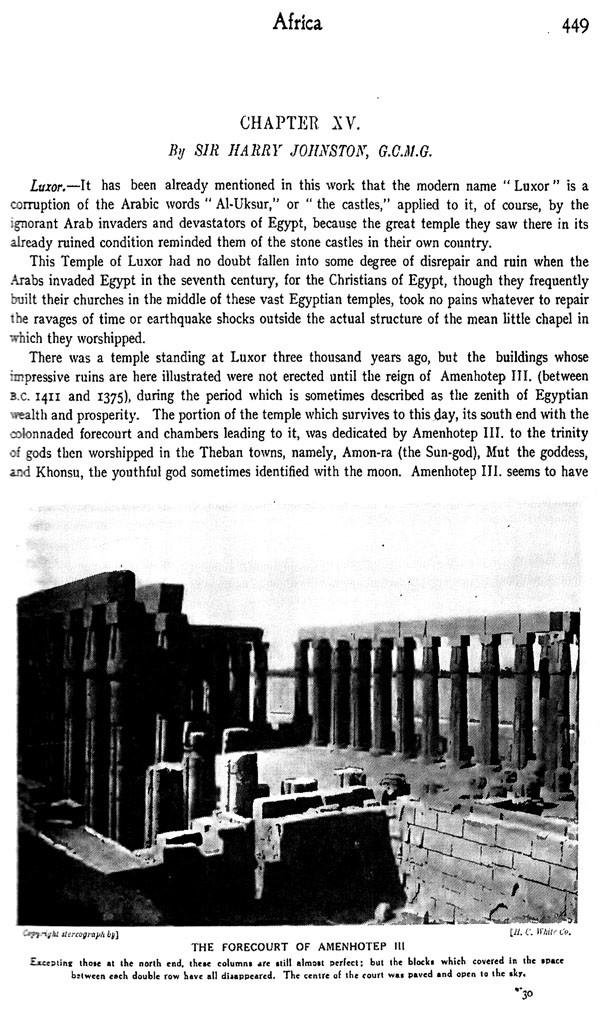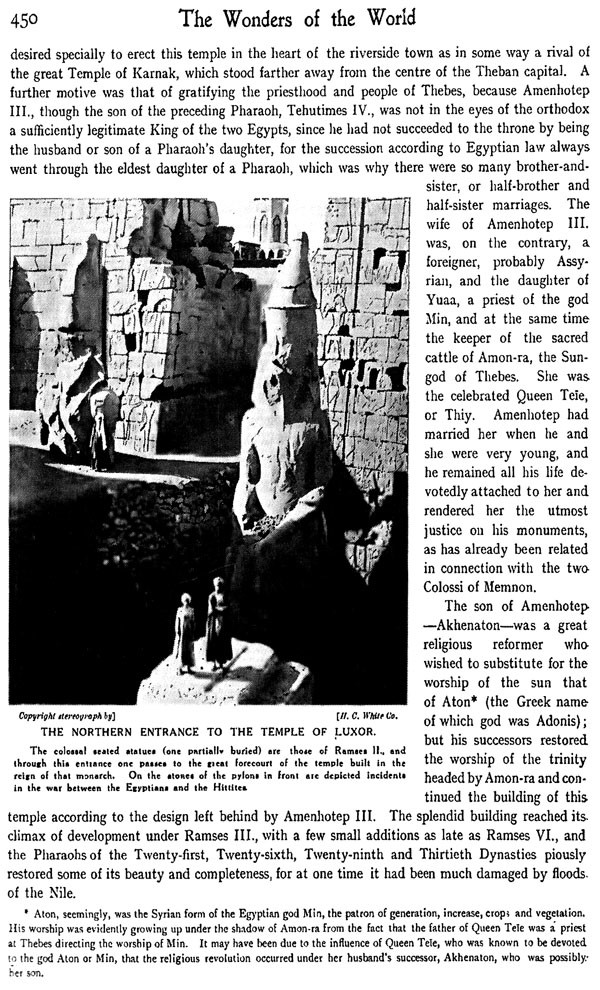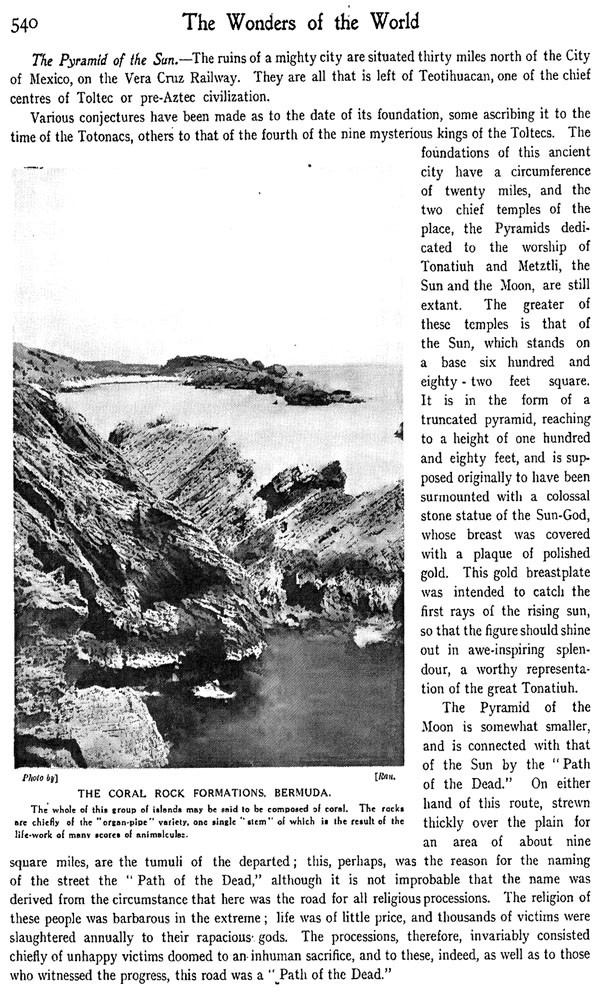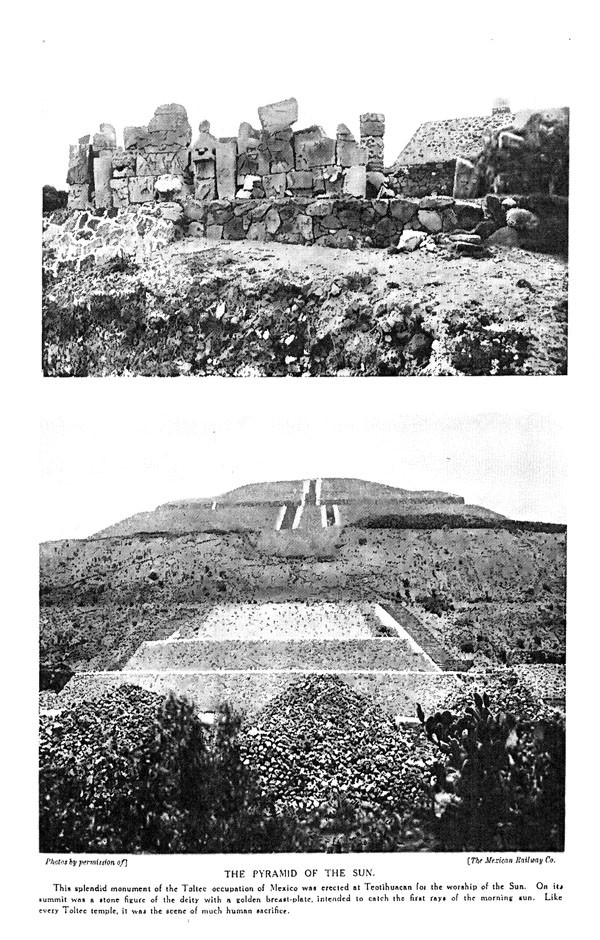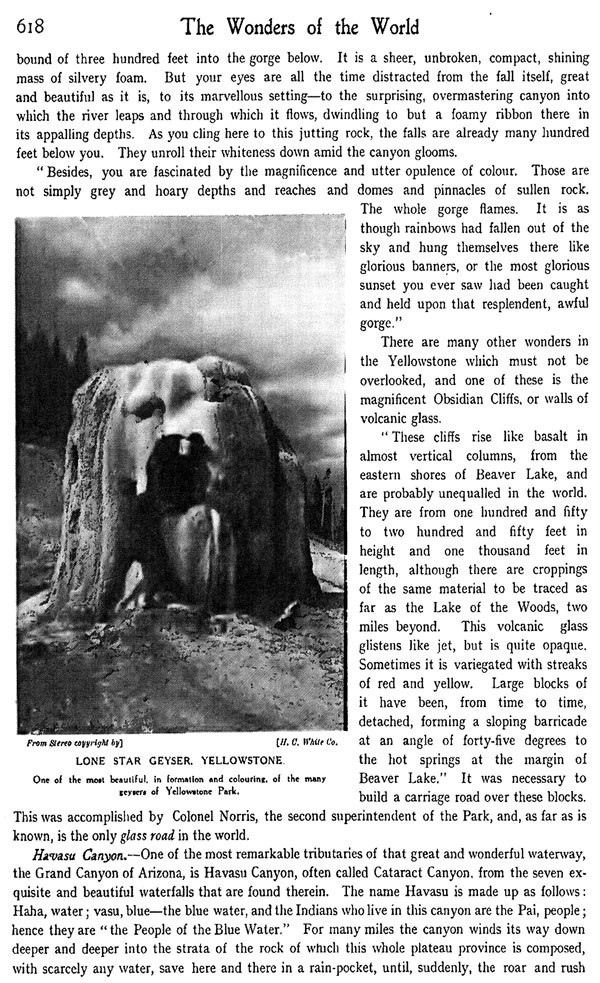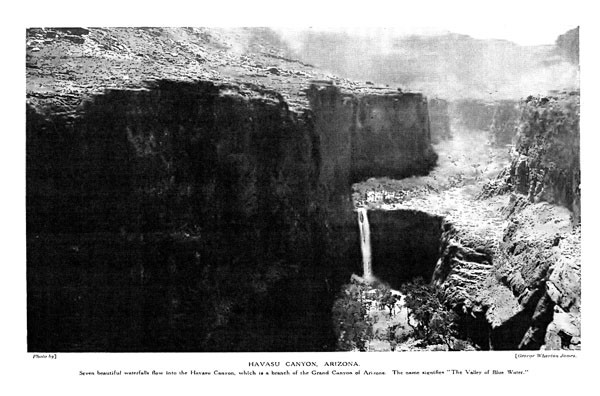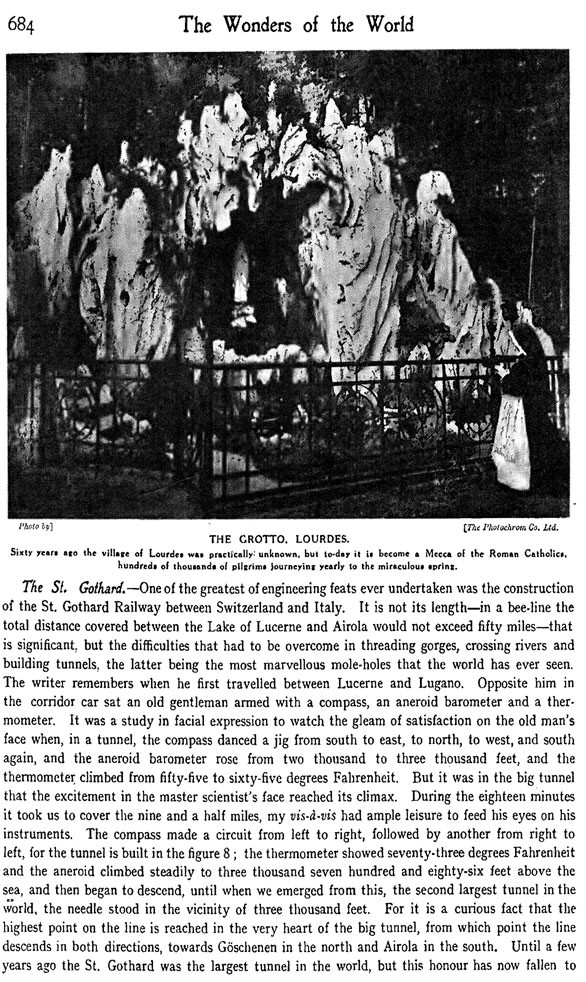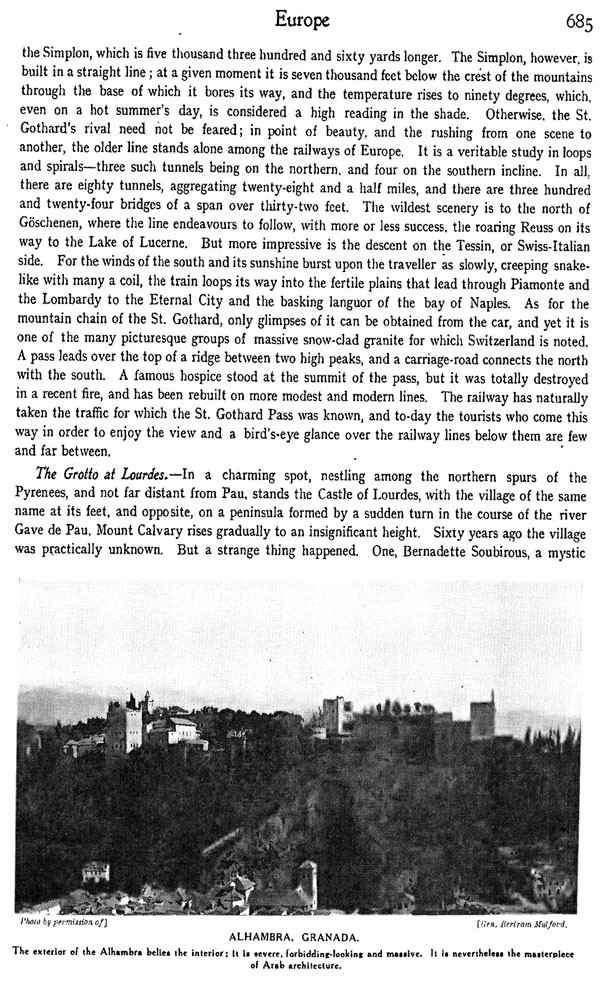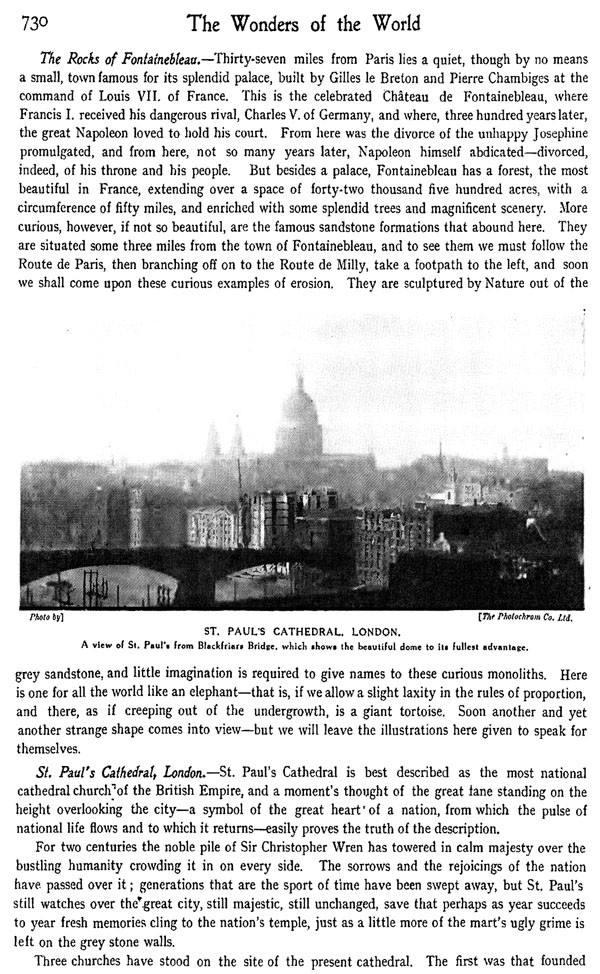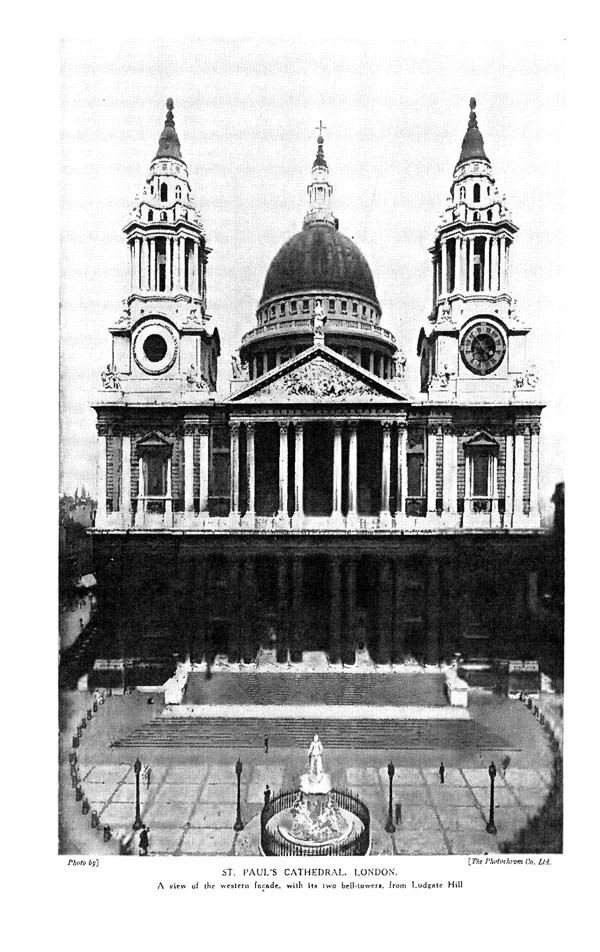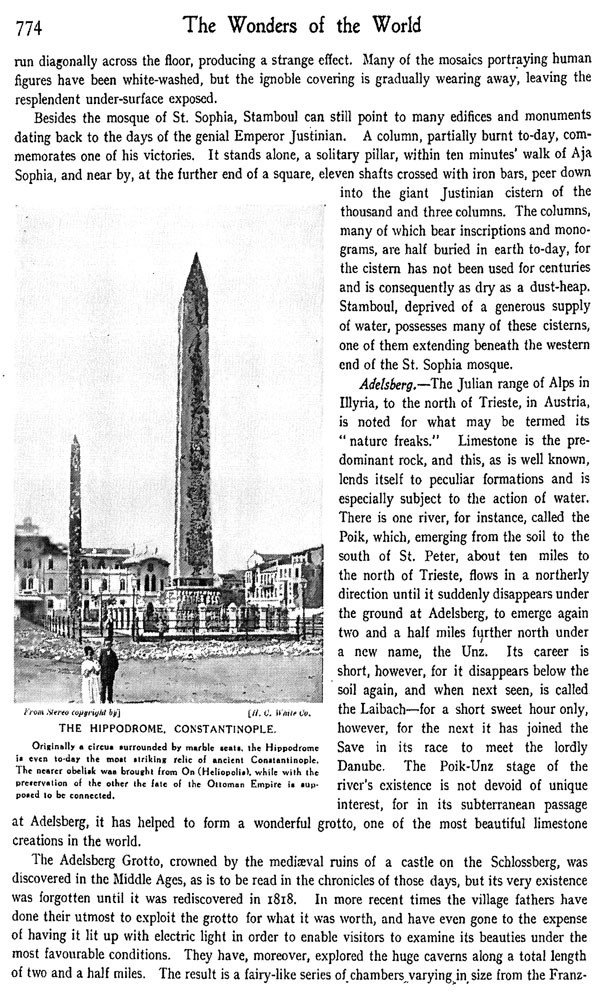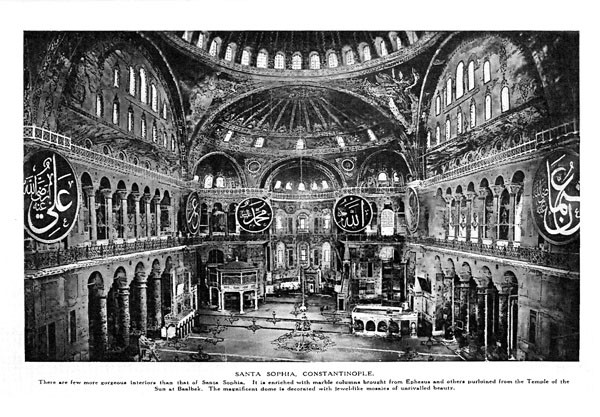
The Wonders of the World (Set of 2 Volumes)
Book Specification
| Item Code: | UBA805 |
| Author: | Harry Johnston |
| Publisher: | Gyan Publishing House, New Delhi |
| Language: | English |
| Edition: | 2022 |
| ISBN: | 9788121265379 |
| Pages: | 1004 (Throughout B/W Illustrations) |
| Cover: | HARDCOVER |
| Other Details | 9.00 X 6.00 inch |
| Weight | 1.36 kg |
Book Description
The first volume consists of the continents, namely Asia-, Australia and the Pacific – Africa. The following are the important wonders. Pagoda that rocks with the wind ;The Taj Mahal-Agra; The Sacred Tank - Alwar; Amida, The Giant Diabutsu; The Schway Dagon Pagoda; The Pearl Mosque-Delhi; The Sarnath Tope; The Ruins of Martand-Kashmir; The Broken Column. Lucas Cave-Jenolan; The Sutherland Falls; Milford Sound; The Sphinx; The Island of Phile; The Tombs of the Caliphs-Cairo.
Sir Henry Hamilton Johnston GCMG KCB (1858 –1927), known as Harry Johnston, was a British explorer, botanist, artist, colonial administrator, and linguist who travelled widely in Africa and spoke many African languages. He published 40 books on African subjects and was one of the key players in the Scramble for Africa that occurred at the end of the 19th century. In 1882 he visited southern Angola with the Earl of Mayo, and in the following year met Henry Morton Stanley in the Congo, becoming one of the first Europeans after Stanley to see the river above the Stanley Pool. His developing reputation led the Royal Geographical Society and the British Association to appoint him leader of an 1884 scientific expedition to Mount Kilimanjaro. On this expedition he concluded treaties with local chiefs (which were then transferred to the British East Africa Company), in competition with German efforts to do likewise.
THE feeling of wonder at stupendous or curious natural objects or the phenomena of the skies is certainly coeval with the birth of the human species. Even our nearest relations among the anthropoid apes are said to be agitated at the rising of the full moon with its disc of gold mottled with grey. Apes and monkeys are only less inquisitive than humans, and are readily attracted by bright colours and strange objects. Amongst the lowliest races of mankind existing at the present day Nature seems full of wonderment, and perhaps inspires more awe to their amazed and ignorant contemplation than she does to the sophisticated white men and women of later intellectual growth. The savage, more- over, is not impressed by mere bulk; he respects the intricate and can marvel at perfection of structure.
**Contents and Sample Pages**
